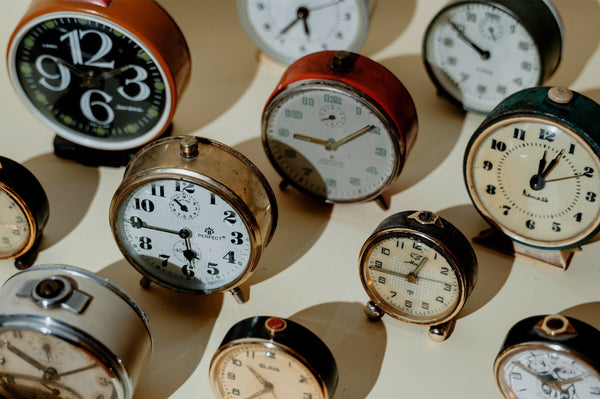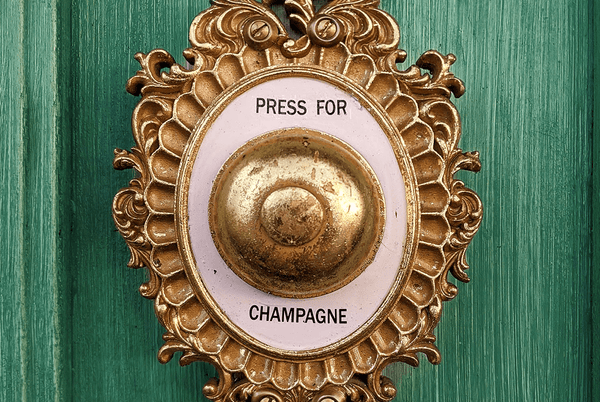Rainbow Row
Charleston, South Carolina - The pastel facades of Charleston’s Rainbow Row aren’t simply a choice of aesthetic.


The pastel facades of Charelston’s Rainbow Row aren’t simply a choice of aesthetic. The pretty pinks and bright blues certainly beautify the thirteen Georgian row houses along the city’s East Bay Street, but local lore suggests that the colorful array was created for more practical purposes...one of them being to help “overserved” sailors find their way home.
The buildings in Rainbow Row date back to Charleston’s early days. Constructed around 1740, the row was first used by merchants. These connoisseurs of commerce kept their stores on the first floor and their residences on the second floor. As a coastal port city, Charleston thrived throughout the centuries, but following the onset of the American Civil War, these once bustling storefronts had sadly deteriorated into slums.
In the 1920s, the Society for the Preservation of Old Dwellings eyed the aging row of homes. They sought to restore it, but lacked sufficient funding to do so. It would be ten more years until Charleston resident Dortothy Haskell Porcher Legge purchased a number of the homes on the row, and began her own renovation. Legge painted her home a cheery pastel pink - an homage to the Caribbean color scheme popular during the 18th century - and her neighbors quickly followed suit.
What emerged was a wonderfully wide range of pastels that created a rainbow of rowhomes. By 1945, most of the houses along Rainbow Row had not only been painted, but fully restored just as the Society had wished. And the sailors? As the stories go, many sailors allegedly used the brightly colored facades as a way to remember which home they were bunking in -- certainly a delightfully colorful map to use after a late night out.






